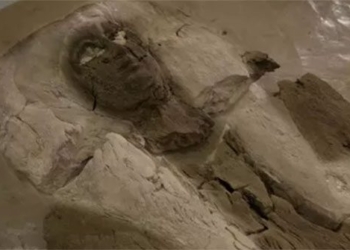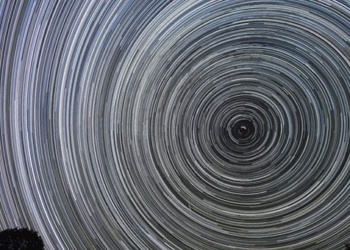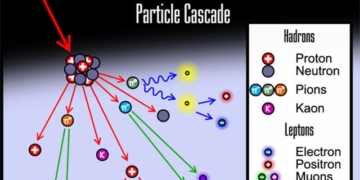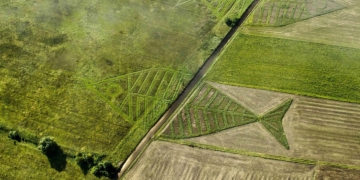Researchers have yet to find an explanation for the strange glowing phenomenon over the ocean that may have helped ancient sailors navigate thousands of years ago.
Ancient Polynesian sailors (including regions of Southeast Asia, Oceania, and East Africa) began to conquer the oceans around the world approximately 6,000 years ago, even reaching and settling in various territories from Madagascar to Easter Island. Researchers remain unclear on how they successfully navigated such vast distances. However, a phenomenon known as Te Lapa may have aided them on their journeys, according to IFL Science.

Te Lapa is a phenomenon of flickering straight light visible from a distance of 193km. (Image: Ancient Origins).
Meaning “flash of light” or “flickering thing”, Te Lapa is described as a flickering beam of light emanating from islands that science has yet to fully explain. This peculiar phenomenon was first mentioned in the West in the early 1970s in a book titled “We, the Navigators,” which discusses the navigation methods of indigenous people and debunks the common belief that ancient Pacific Islanders drifted aimlessly and arrived at new lands by chance.
In 1993, anthropologist Marianne George became one of the first Westerners to encounter Te Lapa after moving to the Solomon Islands. There, she met Chief Koloso Kahia Kaveia. Kaveia described Te Lapa as straight lines resembling lightning or flashlight beams that flicker rapidly. According to George, what sets Te Lapa apart from other flashes of light at sea is that it originates from land, allowing sailors to know they can follow its direction to find land.
Te Lapa can only be seen from a distance of 193 km at sea. For Kaveia, most of the islands in his archipelago are less than 161 km apart, making Te Lapa one of the most reliable navigation sources.
“If someone truly wants to study Te Lapa, they could deploy many high-sensitivity cameras and wave sensors to record the phenomenon, investigate the conditions and causes behind it, where the light originates, and why it emanates from land,” George said.
Explaining the phenomenon, Kaveia suggested that the flashes could occur due to wave action when waves crash against nearby islands and create wave crests. Other hypotheses propose that Te Lapa’s light is a bioluminescent phenomenon from marine plankton. Somehow, they synchronize to create straight, flickering beams of light. “If dinoflagellates like ostracods (plankton the size of cherry tomatoes) are stimulated, they might emit straight light from the land,” George speculated. She also wondered if the flashes might result from the pulses of tectonic energy emitted from within the Pacific Ring of Fire.
Although the phenomenon remains unexplained, George concluded, “if detailed scientific research can be conducted focusing on Te Lapa, we could learn much more about light, waves, archipelagos, oceans, and marine life, as well as humanity’s ability to directly harness natural phenomena for various purposes.”




















































